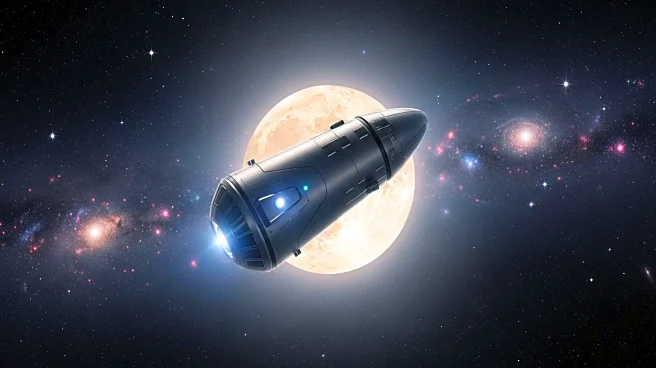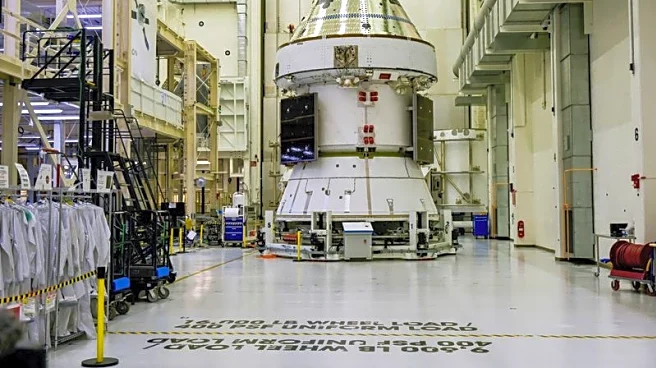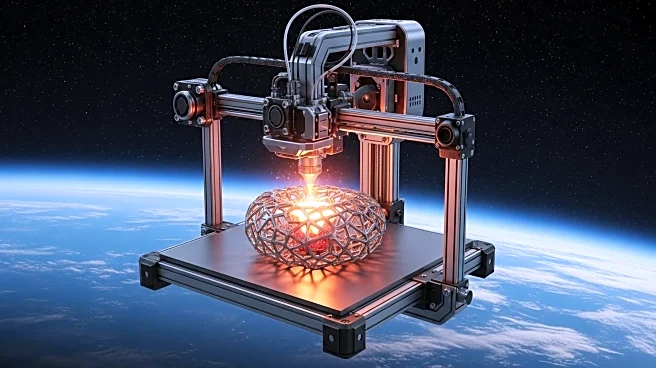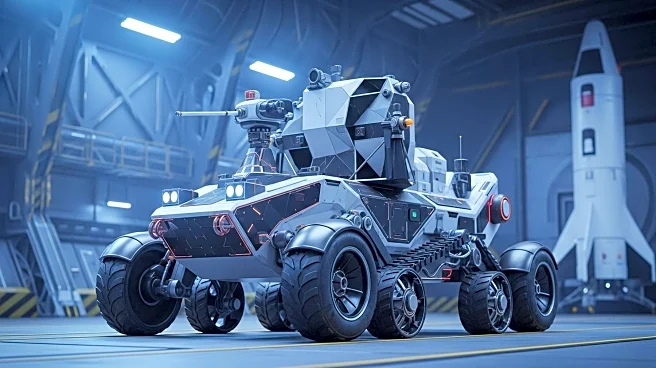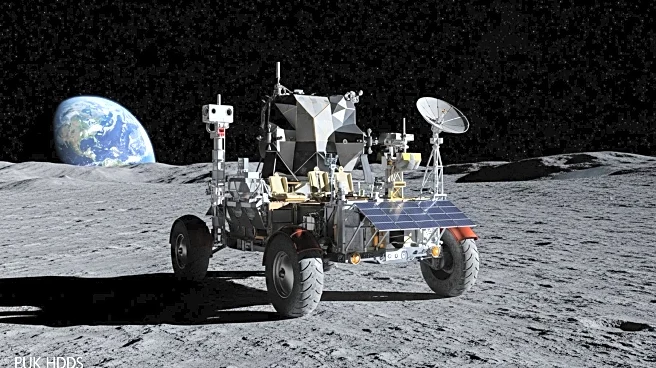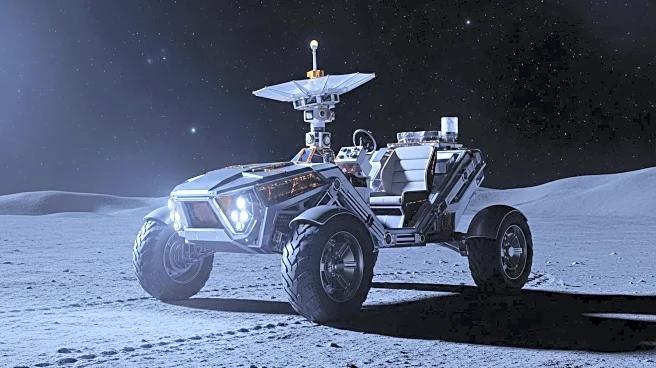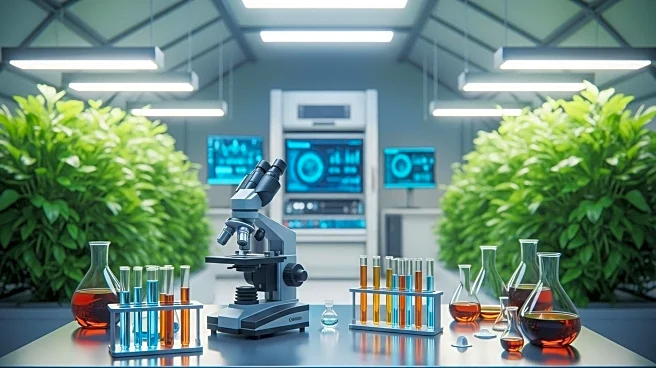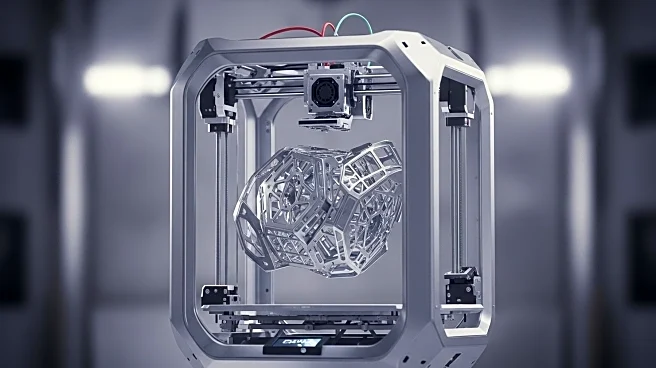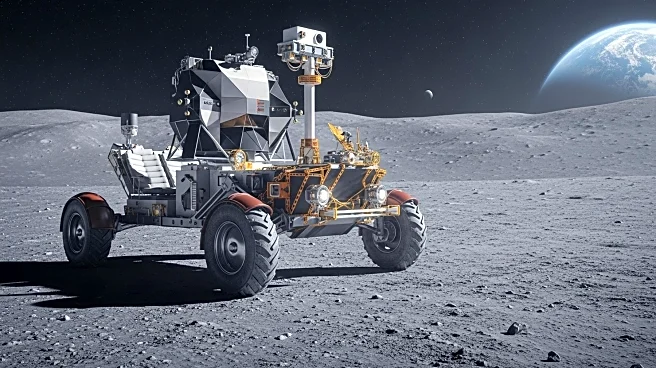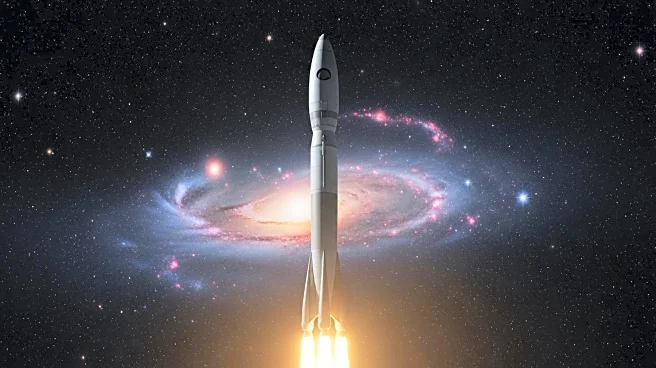What's Happening?
NASA has announced the details of its upcoming Artemis II mission, scheduled for February 2026, which will send four astronauts around the moon and back. This mission marks the closest humanity has come to the moon since the Apollo 17 mission in 1972. The crew includes Commander Reid Wiseman, pilot Victor Glover, and mission specialists Christina Koch and Jeremy Hansen, with Hansen being the first Canadian to travel to the moon. The mission will utilize NASA's Space Launch System rocket, developed by Aerojet Rocketdyne, Boeing, Northrop Grumman, and the United Launch Alliance. The Artemis II mission serves as a test flight to evaluate the performance of the Space Launch System rocket and the Orion spacecraft, setting the stage for a future crewed moon landing with Artemis III.
Why It's Important?
The Artemis II mission is a significant step in NASA's efforts to return humans to the moon, serving as a precursor to the Artemis III mission planned for 2027, which aims to achieve a crewed moon landing. This mission is crucial for testing the systems and technologies that will be used in future lunar explorations, potentially paving the way for sustained human presence on the moon. The involvement of international astronauts, such as Jeremy Hansen from Canada, highlights the collaborative nature of modern space exploration, fostering international partnerships and advancing global scientific knowledge.
What's Next?
Following the Artemis II mission, NASA plans to proceed with the Artemis III mission in 2027, which will include a crewed moon landing. The success of Artemis II will be instrumental in ensuring the readiness of the systems and technologies required for Artemis III. NASA's long-term goals include establishing a sustainable human presence on the moon, which could serve as a stepping stone for future missions to Mars and beyond.

